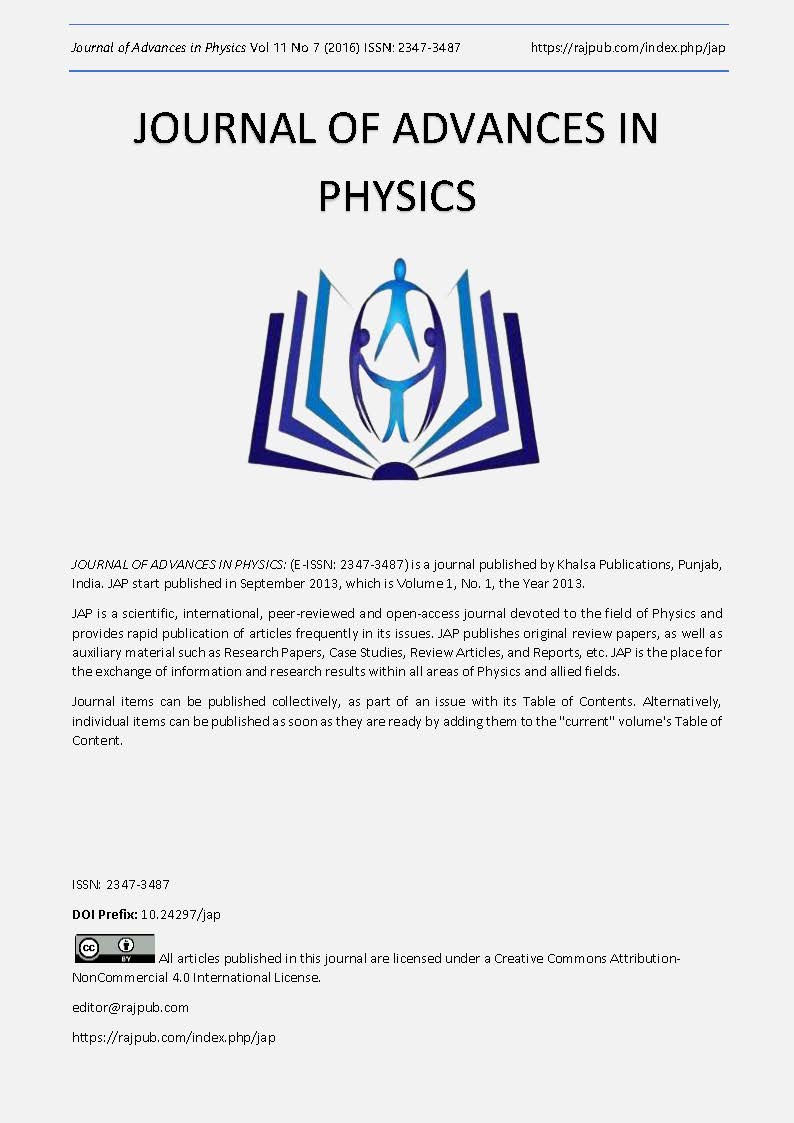Spontaneous Photon Emissions in Photoreceptors: Potential Convergence of Arrhenius Reactions and the Latency for Rest Mass Photons to Accelerate to Planck Unit Energies
DOI:
https://doi.org/10.24297/jap.v11i5.323Keywords:
spontaneous photon emission, Arrhenius equation, rest-mass photons, photoreceptors, interfacial water, trapped magnetic fields, UPE, CMB, Bokkon effect, Pollack phenomenaAbstract
Spontaneous or phasic voltage shifts normally occur across the plasma membranes of photoreceptors without impingement from external photons on average once every ~38 s (26 mHz). There have been arguments that all living cells spontaneously exhibit Bokkon-type ~10-12 W·m-2 ultraweak photon emissions (UPE) independent of temperature-based Arrhenius reactions. However the non-Gaussian distribution of the phasic voltage-photon events can be accommodated by the results of accelerating mass equivalents of resting photons into the time frame of single electron orbits which would require ~38 s. This condition is strongly dependent upon the presence of free protons within Pollacks interfacial water states. The duration associated with the energy from the magnetic moment of a proton in a 1 nT magnetic field generated by 2 pA currents through channels across the membrane when divided into Plancks constant is ~38 s. Second shell activation energies (~10-20 J) that are correlated with proton movements within a human photoreceptors volume of water result in a rate constant that is equivalent to energy within the range of Cosmic Microwave Background. One solution to accommodate the median emission of ~2·10-12 W·m-2 as a mass volume within a cell, the equivalent magnetic field strength of 1 nT, the interconnected 10-20 J and the diffusivity coupled to the hydrogen line suggests UPE may be reverse reactions from all living mass originating as Popps primordial solar photon energy. If these convergence solutions are valid then non-local photon formation would be the source of these spontaneous shifts in photoreceptors that would be mediated by a plethora of local physical chemical manifestations.
Downloads
Downloads
Published
How to Cite
Issue
Section
License
 All articles published in Journal of Advances in Linguistics are licensed under a Creative Commons Attribution 4.0 International License.
All articles published in Journal of Advances in Linguistics are licensed under a Creative Commons Attribution 4.0 International License.




